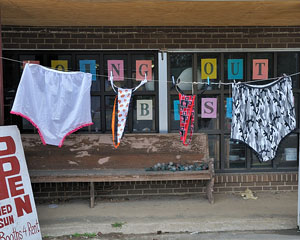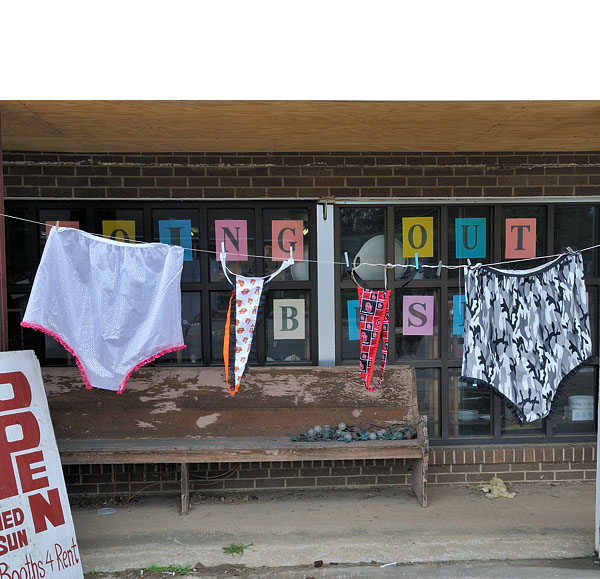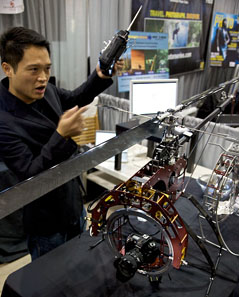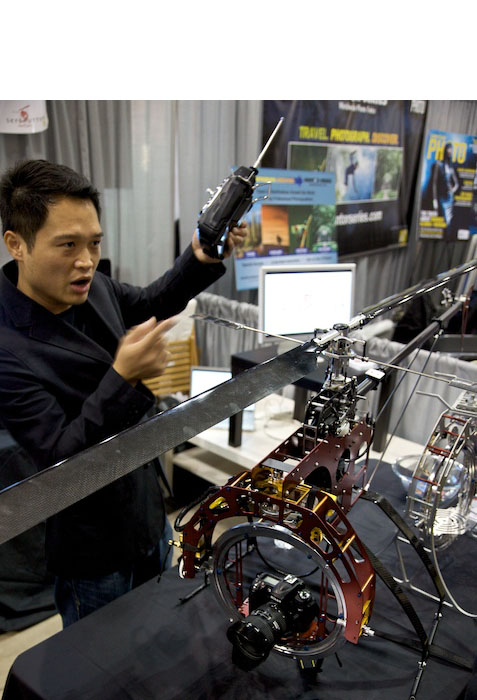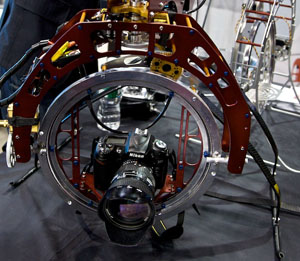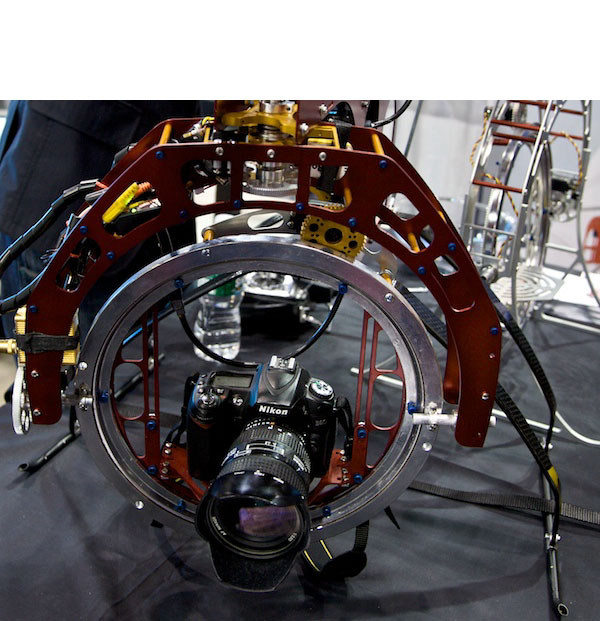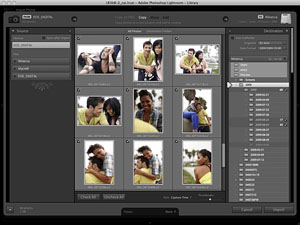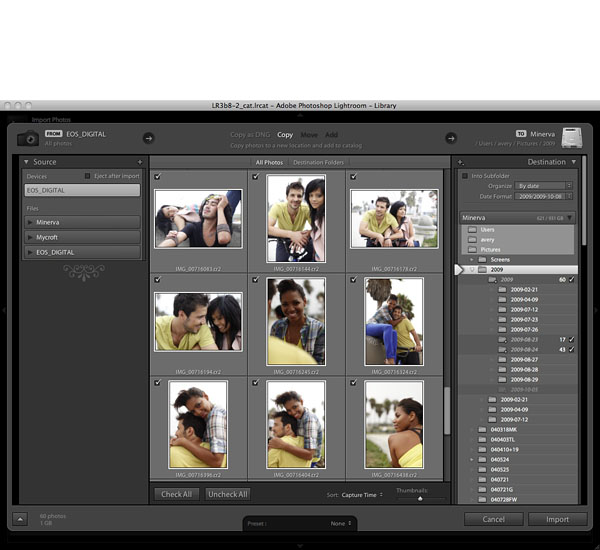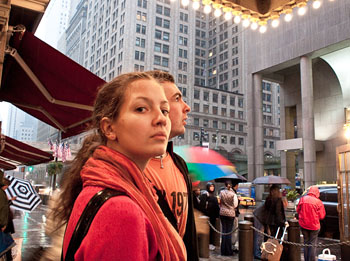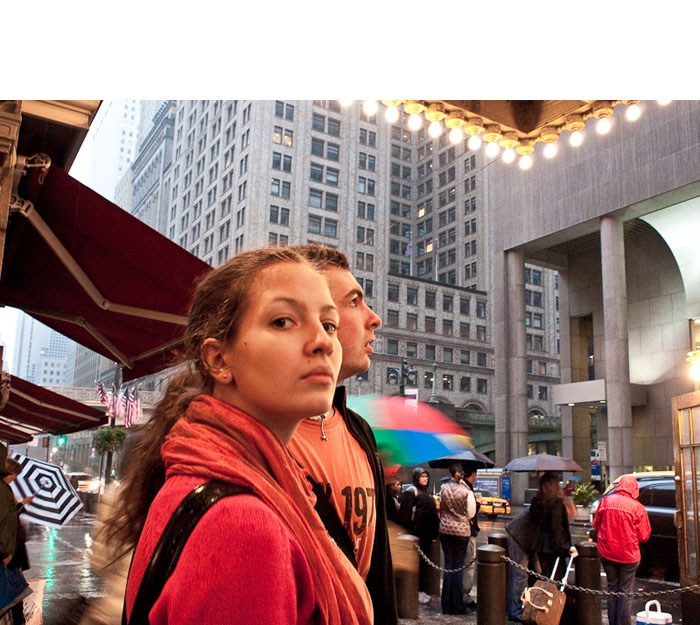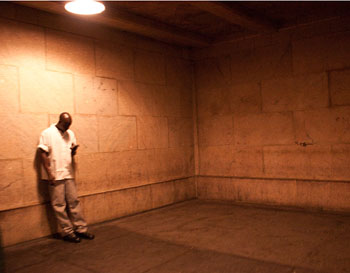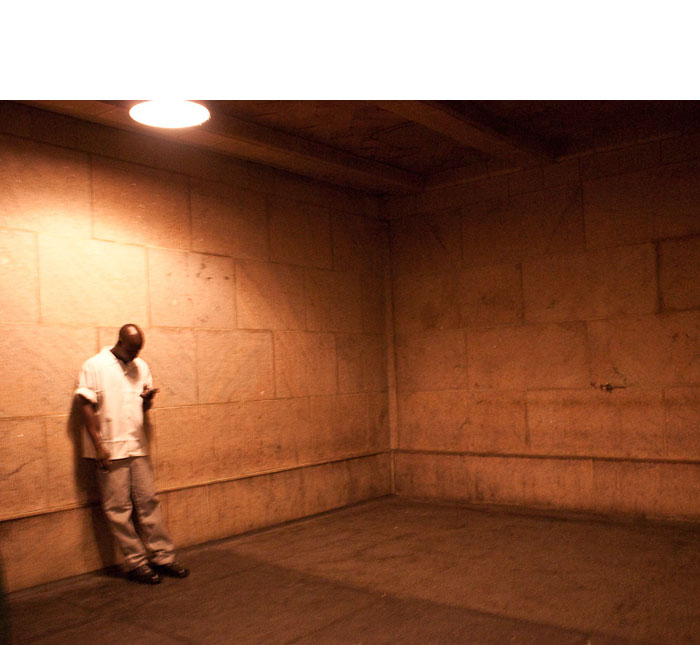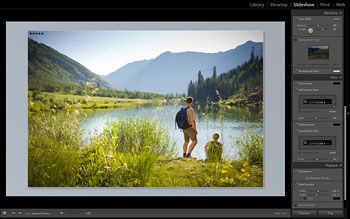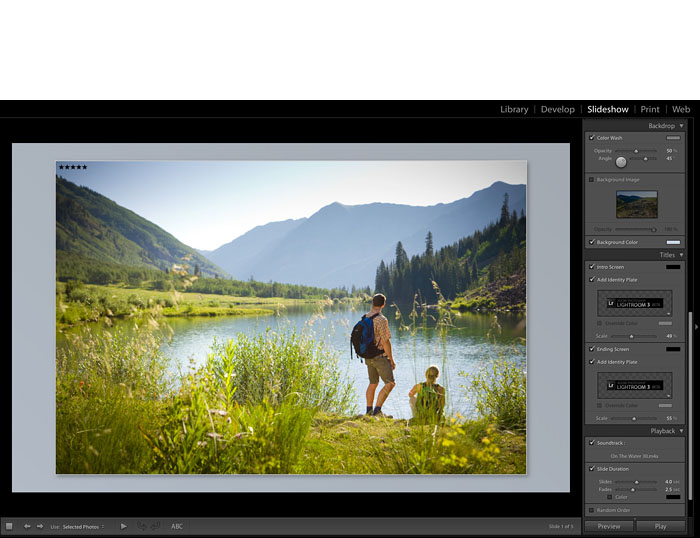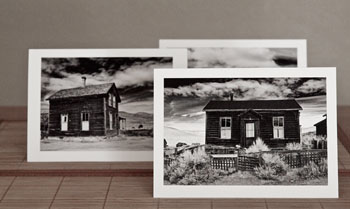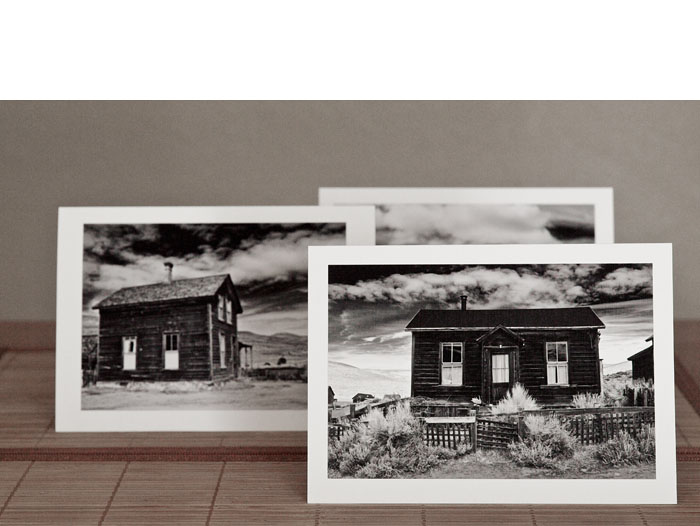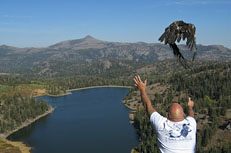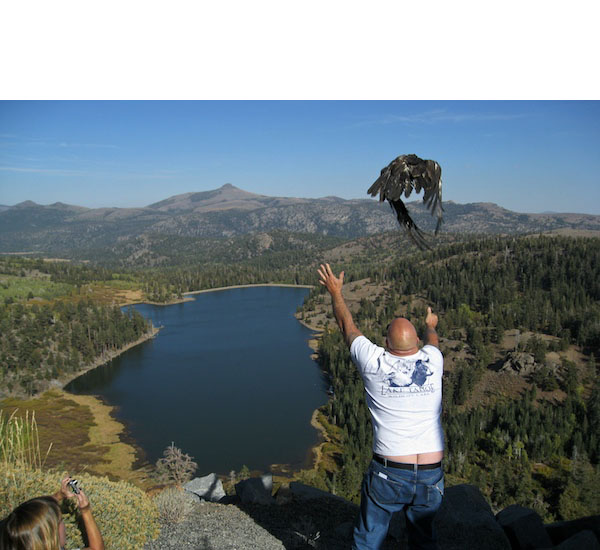For my recent New York trip, I brought two cameras: the Canon 5D Mark II and the Olympus E-P1. For the first three days, I shot exclusively with the 5D2. I was working at PhotoPlus Expo for Lowepro. I needed to take photos in the booth of photographer activities, and the 5D2 with the 24-105 zoom worked great.
All images by Derrick Story, captured with an Olympus E-P1 with a 17mm f/2.8 lens. High ISOs were used for all pictures. You can see more at the Digital Story Flickr site. Click on images to enlarge.
But on the fourth day, after I had completed my assignment, it was time to hit the streets of Manhattan. And for that gig, I packed my Olympus E-P1 with a 17mm f/2.8 lens and a Jobo GorillaPod. That was it.
I like to go out a little before dusk. This was a problem in the past with compact cameras because they didn't perform well at high ISO settings. But the E-P1 shoots great at ISO 1600, and lately, I've even pushed it to 3200 with solid results. Because it was raining while I was on the street, I needed the speed even more to offset the cloud cover.
My technique is fairly simple. I turned off the LCD viewfinder and framed the shots with my eyes only. The E-P1 is usually hanging around my neck at chest level or positioned at some odd angle to get the shot. About every 15 minutes or so, I'll turn on the LCD, review the recent shots to make sure I'm not screwing up, then turn off the viewfinder and look for another place to photograph. Since the shutter is fairly quiet anyway (then add a little street noise), I don't draw much attention to myself -- certainly less the holding the 5D2 with big zoom lens up to my eyes.
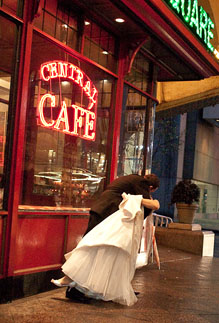
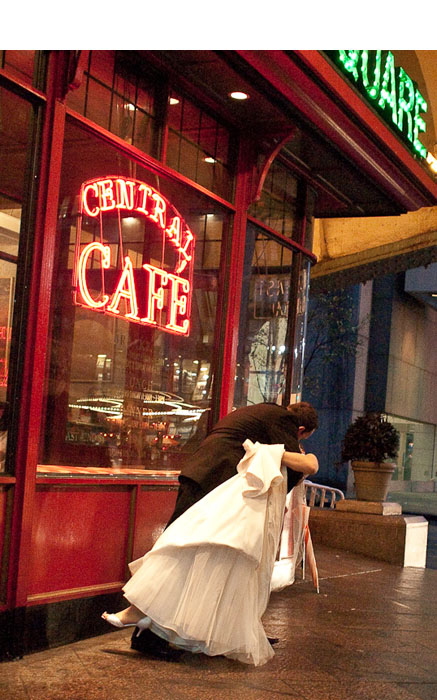
Everything is recorded in Raw. This really helps when trying to control deep shadows and specular highlights. I process the images in Adobe Lightroom 2.5 because it provides excellent Raw decoding for the E-P1. And since the camera handles white balance and color so well, combined with Lightroom's excellent processing, most of my post production is limited to cropping and minor exposure tweaks. This enables me to quickly post the shots online after the shoot is over.
On that Saturday night in New York City, the rain showers gradually broke open into a downpour. By 8:30 pm, I was back in the room sorting my images on a MacBook, and by 10 pm they were online at my Flickr account.
What an enjoyable way to finish off a great trip!
 Follow me on Twitter
Follow me on Twitter
-
